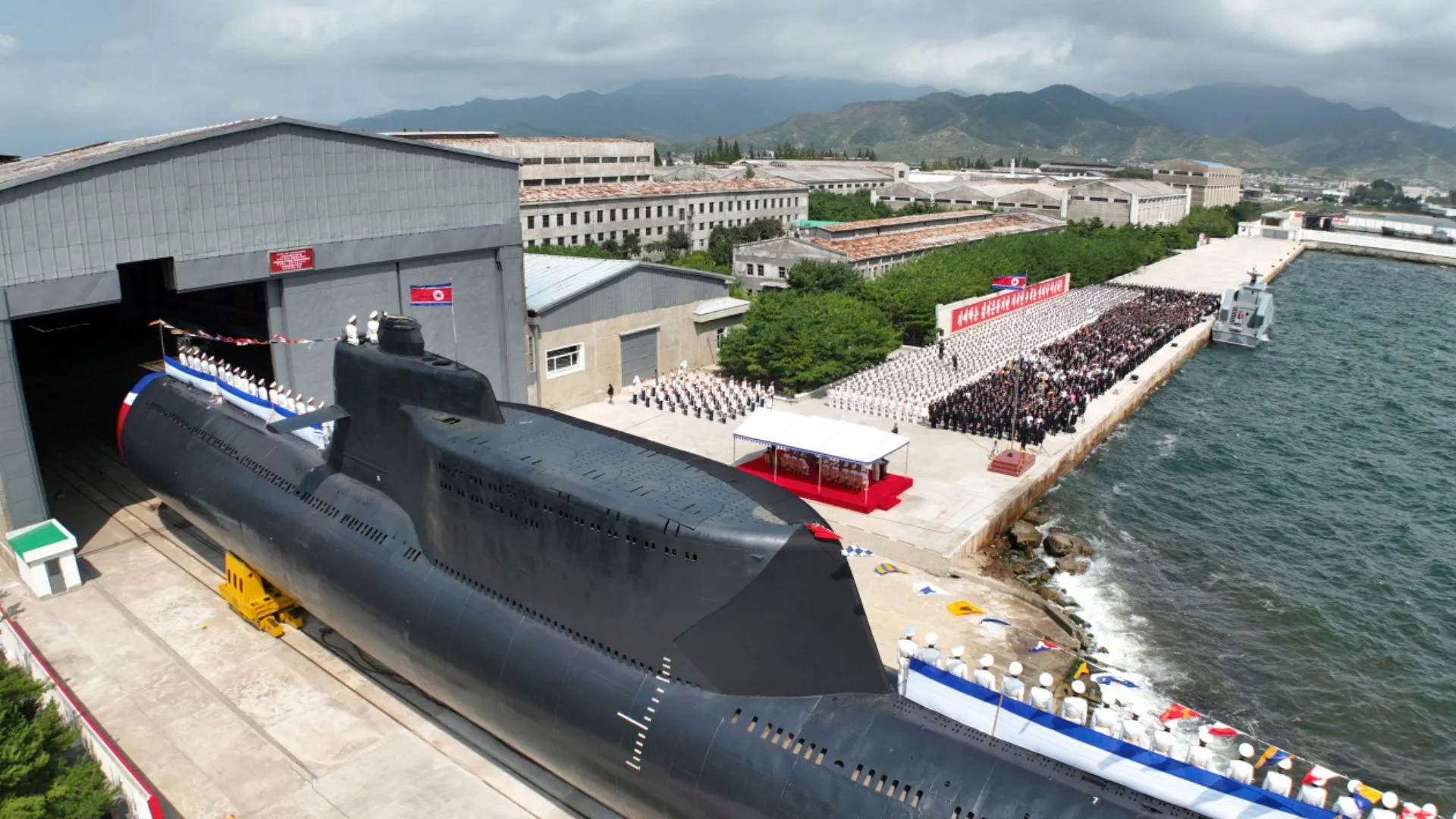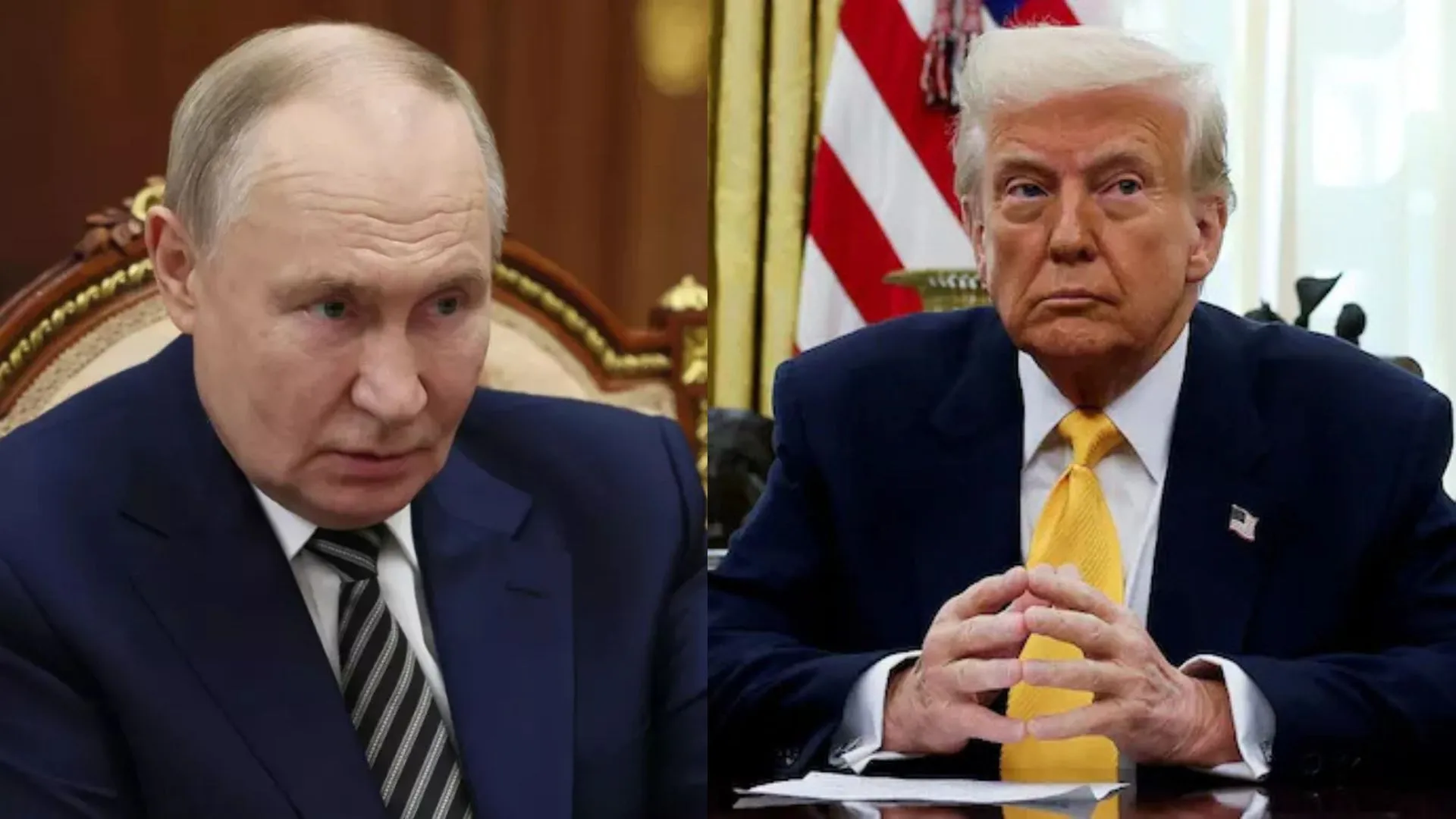The tragic death of Indian-origin American astronaut Kalpana Chawla, along with six other crew members during the space shuttle Columbia disaster on February 1, 2003, has profoundly influenced NASA’s approach to space missions and safety protocols. The Columbia accident, where the shuttle disintegrated upon re-entry into the Earth’s atmosphere, followed the earlier Challenger disaster on January 28, 1986, which also resulted in the loss of all crew members. These two catastrophic events, in which a total of 14 astronauts lost their lives, have significantly shaped NASA’s policies and decision-making processes regarding astronaut safety.
This legacy of loss played a crucial role in NASA’s recent decision to keep Indian-origin American astronaut Sunita Williams in space for an extended period of eight months. NASA chief Bill Nelson, a former astronaut involved in the investigations of both the Challenger and Columbia accidents, noted that these tragedies have deeply affected how NASA handles safety concerns. The decision to delay the return of astronauts Sunita Williams and Butch Wilmore from the International Space Station (ISS) using the SpaceX Crew Dragon spacecraft, opting instead to bring them back in February 2025, was made after engineers raised concerns about the spacecraft’s current condition. Nelson emphasized that, unlike in the past when junior flight engineers’ warnings were often ignored, NASA’s current culture encourages open communication and voicing concerns, reflecting a significant shift towards prioritizing safety.
NASA officials unanimously agreed to replace the return spacecraft due to safety concerns, underscoring the agency’s commitment to making safety its “core value and North Star.” This cautious approach highlights the inherent risks associated with spaceflight, even in the most routine missions, and particularly during test flights, which are naturally riskier. The decision to bring Boeing’s Starliner back without astronauts was prompted by the identification of helium leaks and issues with the spacecraft’s reaction control thrusters as it approached the ISS. NASA determined that these uncertainties did not meet the agency’s strict safety and performance requirements for human spaceflight.
The decision to prioritize safety over schedule is a testament to the lessons learned from past tragedies, including the loss of Kalpana Chawla. Born in Haryana, India, Chawla graduated with a degree in aeronautical engineering from Punjab Engineering College before moving to the United States and joining NASA as an astronaut in 1994. Her untimely death continues to serve as a poignant reminder of the risks associated with space exploration and has significantly influenced NASA’s modern-day emphasis on transparency, caution, and continuous improvement in all aspects of spaceflight safety.























